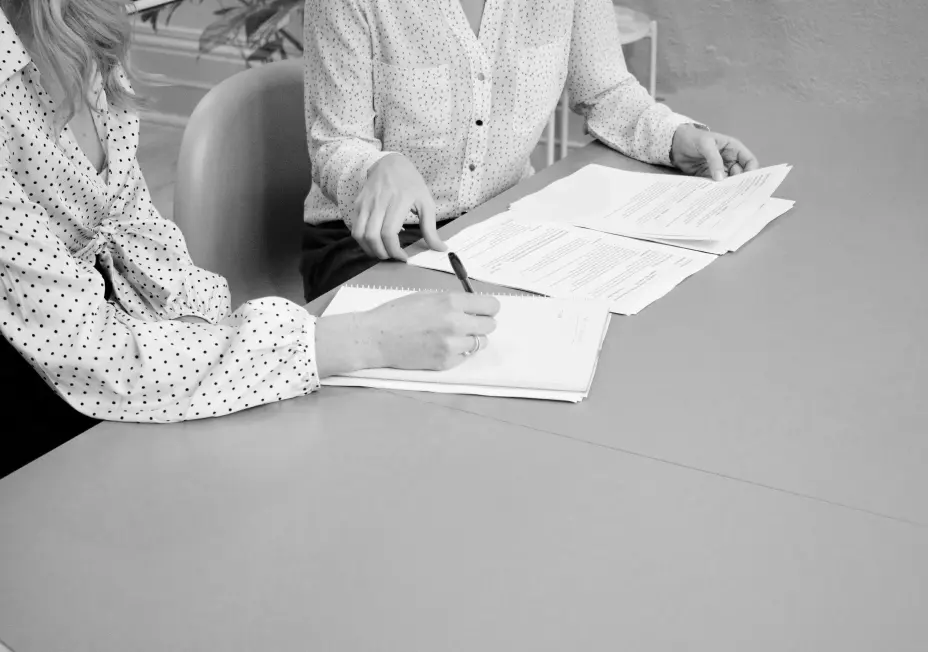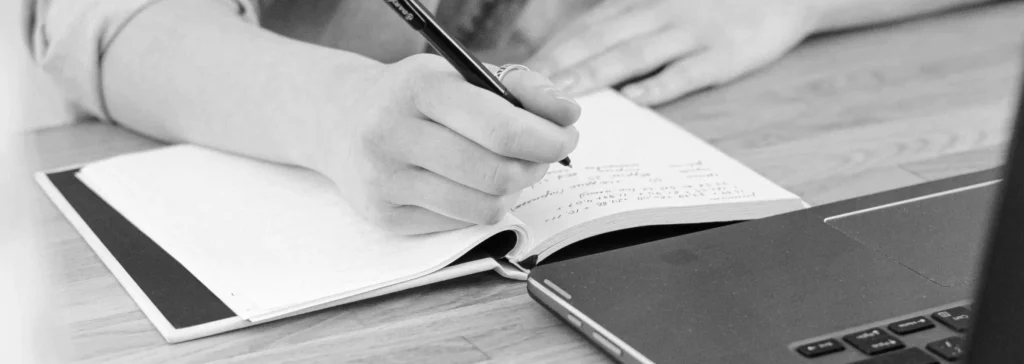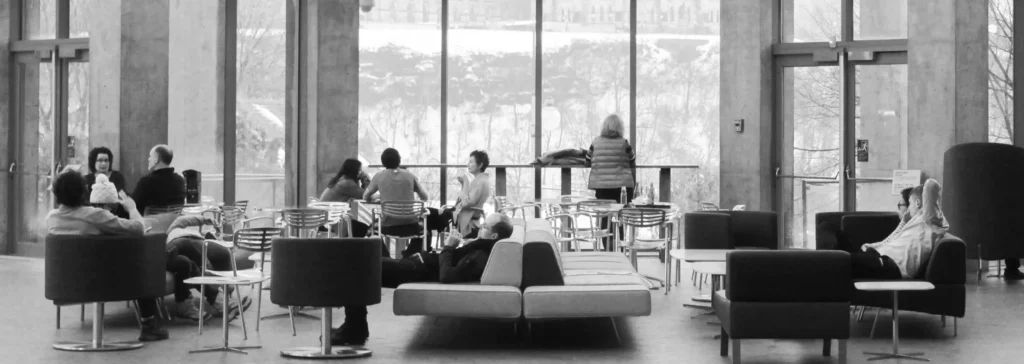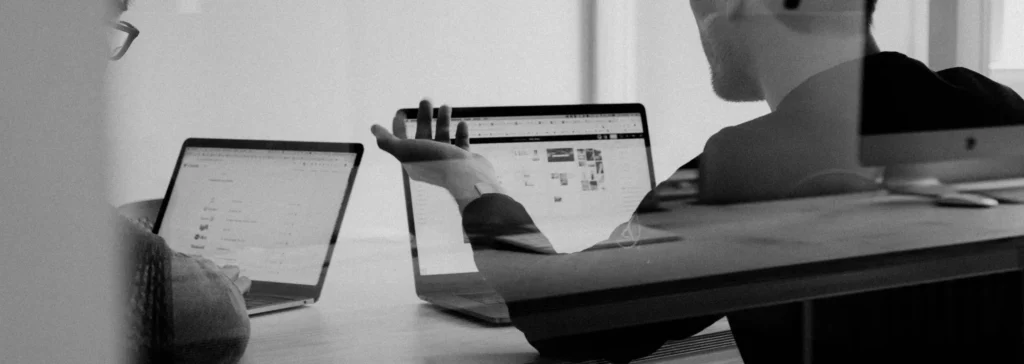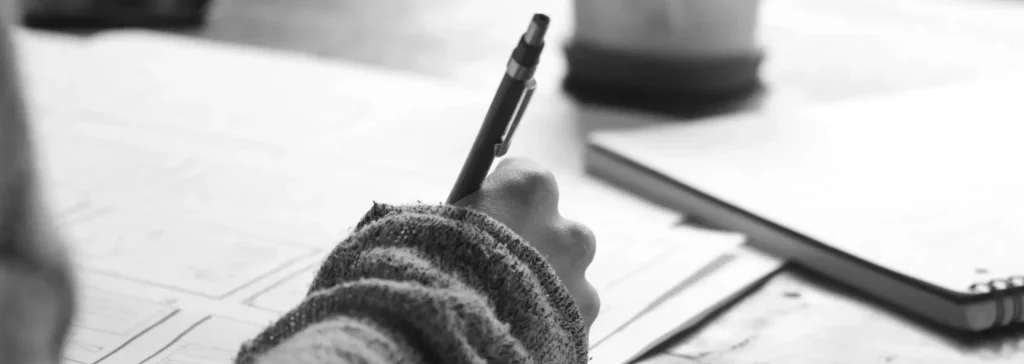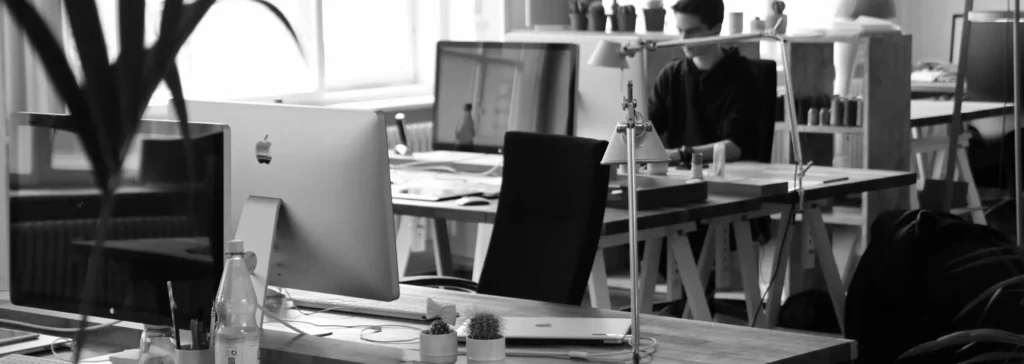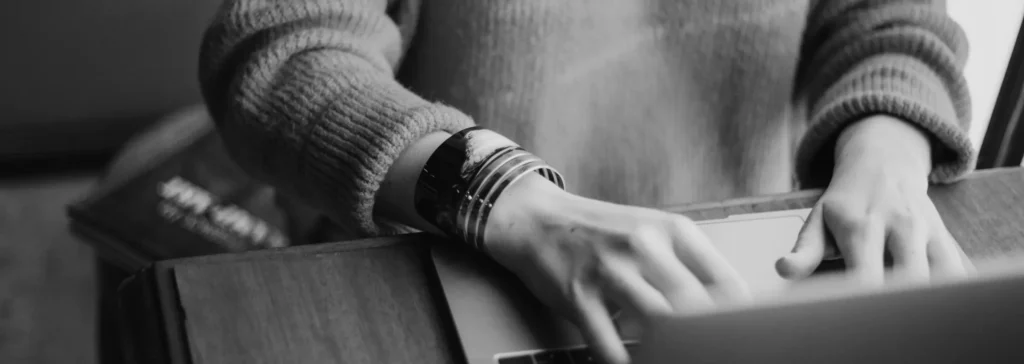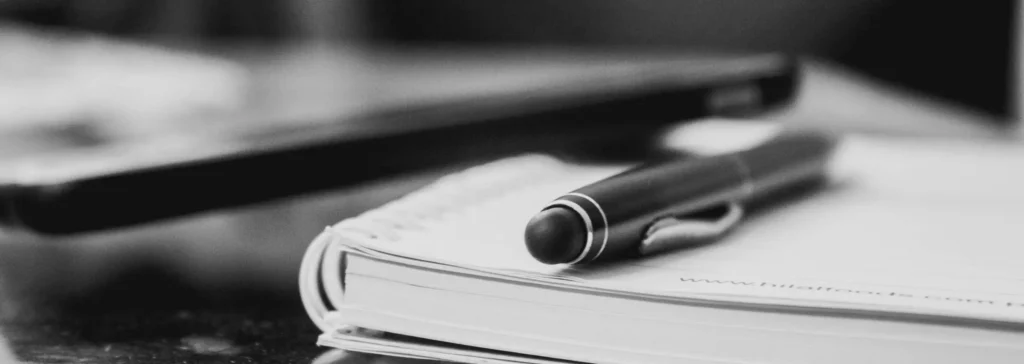During the period 1 January to 31 December 2023, there were 277 fatalities as a result of motor vehicle accidents within Queensland. Further, according to the Motor Accident Insurance Commission of Queensland, so far in 2024 (up to end of Q2), 3,779 claims for personal injury have been lodged by or on behalf of people injured in Queensland road accidents.
Anecdotal evidence suggests that while injured claimants who self-represent may resolve their own claims for injuries and resulting losses quicker; they are paid significantly less than claimants who are legally represented.
Types of Motor Vehicle Accident Claims
In Queensland, all vehicles that are allowed to travel on public roads are required to be licensed. This includes road trailers for cars and trucks and certain types of wheeled machinery, such as mobile cranes and tractors. A component of their annual vehicle registration is the Compulsory Third Party insurance, which provides insurance for an at-fault vehicle owner & driver that persons injured in a motor vehicle accident can claim against.
Additionally, there are “vehicles” that currently do not require registration – bicycles, E-bikes, E-scooters, powered wheelchairs and disability buggies – which also find themselves involved in collisions with registered motor vehicles on public roads.
Finally, there are pedestrians who unfortunately find themselves involved in accidents involving motor vehicles while crossing public roads or on footpaths.
Motor Vehicle Accident Claims
These claims encompass collisions between registered motor vehicles, between registered motor vehicle and unregistered transportation devices (e-scooters, e-bikes, powered wheelchairs etc), and single vehicle accidents. Claims can be made by both drivers and passengers against the at-fault driver/ vehicle.
Claims can cover both personal injury (pain & suffering, out of pocket expenses, economic loss, medical costs, past & future care etc) and property damage claims for repair or replacement of the damaged vehicle and damaged vehicle contents.
NOTE: An at-fault driver cannot make a claim against themselves or the CTP insurance on their own vehicle.
Motorcycle Accident Claims
Due to the lack of protection for riders and passengers, motorcycle accidents often result in severe injury or death. Claims can be brought by the rider and pillion passenger against the at-fault driver/ owner.
Claims can cover both personal injury (pain & suffering, out of pocket expenses, economic loss, medical costs, past & future care etc) and property damage claims for repair or replacement of the damaged motorcycle and of rider and passenger clothes, equipment (helmet, gauntlets etc) and personal effects.
Bicycle Accident Claims
Just like motorcycles, bicycle riders can sustain severe and life-threatening injuries in collisions with motor vehicles.
Claims can cover both personal injury (pain & suffering, out of pocket expenses, economic loss, medical costs, past & future care etc) and property damage claims for repair or replacement of the damaged bicycle and rider’s clothing and equipment.
Pedestrian Accident Claims
Pedestrians struck by motor vehicles can claim for both personal injury (pain & suffering, out of pocket expenses, economic loss, medical costs, past & future care etc) and property damage claims for replacement or repair of clothing and personal effects damaged in the accident.
Hit and Run Claims
Sometimes accidents involve vehicles that do not stop or remain at the scene of the accident for long enough to be identified. Persons injured in those circumstances can, having followed the legal requirements, make their claim for personal injuries against the default insurer – the Nominal Defendant Queensland.
Public Transport Accident Claims
Accidents involving buses fall under this category. Claims can cover both personal injury (pain & suffering, out of pocket expenses, economic loss, medical costs, past & future care etc.) and property damage claims for repair or replacement of the damaged vehicle and personal effects.
E-Bike, E-Scooter and Mobility Aid Claims
Accidents where e-scooters, e-bikes or powered wheelchairs and buggies come into collision with a registered motor vehicle fall into this category. Accidents involving collisions with these transportation devices only are public liability claims.
Claims can cover both personal injury (pain & suffering, out of pocket expenses, economic loss, medical costs, past & future care etc) and property damage claims for repair or replacement of the damaged transportation device.
Motor Vehicle Personal Injury Compensation Explained
A person injured in a motor vehicle accident can claim against the at-fault vehicle owner/ driver (but not themselves) for a variety of types of damage; so long as they can establish, on the balance of probabilities, that the loss and damage was caused by the accident.
Recoverable Damages in Motor Vehicle Personal Injury Claims
Here is a list of compensation payouts for various recoverable damages:
Medical Expenses: Current and future medical bills associated with your injuries, including doctor visits, medications, surgery, and rehabilitation.
Lost Wages: Compensation for wages you lose due to missed work because of your injuries. If your injury means that you are likely to miss work or overtime in the future due to time off for ongoing treatment, surgery and recuperation, or if you are simply unable to continue in your pre-accident employment due to ongoing incapacity, a claim for future economic loss can also be made.
Loss of Earning Capacity: If your injuries permanently impact your ability to work and earn a living, compensation may be available. A claim can also be made if your ongoing accident incapacity limits your ability or opportunity to change jobs or to advance your career by promotion or upskilling.
Pain and Suffering: This intangible loss considers the physical and emotional pain you’ve endured due to the accident. Your entitlement for this type of compensation is heavily regulated under the legislation and generally requires expert medical evidencing your relevant ISV – Injury Scale Value in order to be quantified.
- Lost superannuation: Where you have lost income as a result of your injuries, you will also have lost superannuation on that lost income. You can claim for the value of that lost superannuation up to the time of settlement/ trial and also for the future where you have a future economic loss claim.
- Unpaid Domestic Care: Where you have required domestic care and assistance (including cleaning, washing, cooking, shopping, transport to and from appointments, dressing, personal hygiene, gardening) which exceeds the statutory threshold, a claim to receive the commercial value of that care for the past and the future can be made.
Factors Affecting Motor Vehicle Accident Compensation
Several factors can influence the outcome of your personal injury claim:
Severity of Injuries: The seriousness of your injuries significantly impacts the compensation amount. More severe injuries typically result in higher awards.
Medical Documentation: Detailed medical records documenting the extent and prognosis of your injuries strengthen your claim. Independent expert medical reports may also be required to determine your Injury Scale Value (to determine your entitlement to pain & suffering damages) and to support your claims for past and future loss of wages/ economic loss.
Impact on Daily Life: The degree to which the accident affects your daily activities, hobbies, and overall well-being is considered. If it is established that you have required care and assistance above the minimum statutory threshold, you will be entitled to claim significant compensation for past and future care; and the necessity for care will support your case for economic loss and economic disadvantage.
Shared Fault: If you are partially at fault for the motor vehicle accident, the extent you are to blame will be determined by a percentage in line with historical court cases. Your compensation will then be reduced by that percentage. This can have an important effect on the compensation you end up receiving in your hand – this is because while your overall compensation will be reduced by percentage, your statutory refunds to Centrelink, Medicare and other government agencies are not reduced (so you will pay those full refunds from your reduced compensation).
- Government Refunds: If you have received government agency benefits as a result of your motor vehicle accident injuries, such as Centrelink disability benefits or Medicare benefits towards the cost of your accident medical treatment, these benefits will be refundable from your compensation once settled/ determined. Where you have claimed economic loss, Centrelink has a statutory preclusion period during which time you cannot receive further benefits. Finally, if you have an unrelated outstanding government agency debt, such as a child support agency refund or charge, that outstanding amount will be deducted from your compensation BEFORE you receive the balance.
Why You Should Consider Legal Help After a Car Accident
While you have the right to pursue a car accident claim on your own, the legal process can be intricate and stressful. Here’s how a lawyer can significantly benefit your case:
Streamlining the Process: Lawyers are well-versed in car accident law and can handle the complexities of claims, freeing you to focus on recovery.
Evidence Gathering: Motor accident compensation lawyers have connections with independent medical experts who are prepared to provide specialist reports to insurers and the courts to support your claim. Further, lawyers have access to arrangements for upfront or deferred payment of the substantial cost of obtaining independent expert medical reports and other records from medical providers and government agencies.
Negotiation Skills: Negotiating with CTP insurers can be challenging. A self-represented claimant will find themselves facing a plethora of submissions of what is fair and reasonable compensation for their injuries without any clear and reliable reference point to assess the truth or reasonableness of them. A CTP insurer acts in its own interests and is not obliged to offer claimants what their claims are truly worth. A lawyer’s experience and negotiation skills can help secure a fairer settlement that better reflects the full extent of your entitlement to damages.
Court Representation: If your claim goes to court, a lawyer is better placed to comply with court rules and requirements to best present your evidence and case to the court.
Peace of Mind: Having a qualified professional handle your case can alleviate the burden and stress associated with navigating the legal system after an accident. If you self-represent and accept the CTP insurer’s “best and last offer” of compensation, you will always be left wondering whether you have received your true and full entitlement to compensation. Indeed, there are many cases where self-represented claimants subsequently approach lawyers to ask whether their compensation claim can be reopened due to a need for further treatment or surgery – only to be told that the discharge they have signed with the CTP insurer prevents them from making any further claim.
Steps to Report a Motor Vehicle Accident and to make a Motor Vehicle Accident Claim
While a car accident lawyer can significantly reduce your stress and workload, some crucial steps remain. Here’s how a lawyer can help you navigate each phase.
1. Report the Accident Promptly
File a police report at the scene, which your lawyer will later use as evidence to support your claim.
It is the law in Queensland that if there is an injury in a motor vehicle accident, the accident must be notified to the Queensland Police Service. It is always best to notify the police from the accident scene. This is recommended for several reasons – if the police attend, they can conduct alcohol and drug tests on drivers, take on the spot statements, take witness details, take accident photographs and diagrams and assess skidmarks and other signs to help establish who was at fault.
If the police are notified days after the accident, drivers’ versions of events may change, witnesses may be difficult or unable to be contacted and interviewed, accident evidence will have been lost and it can take longer for the police to register an accident number (needed for your claim).
Sometimes the CTP insurer of the at-fault vehicle will form the view that your failure to report the motor vehicle accident to the police at the time it occurred is a sign that you were not injured in the accident and that your claim is for financial gain rather than to compensate for legitimate injuries and loss.
2. Gather Your Evidence
Gather contact information from everyone involved in the accident and take photos of the scene, capturing damage to vehicles and any visible injuries if possible.
It may be necessary to seek out CCTV footage of the motor vehicle accident from surrounding businesses before the footage is destroyed.
Your lawyer will then organise all documentation, including the police report, your medical records, and any witness statements you’ve collected.
Additionally, your lawyer may consult with experts like accident reconstructionists or medical professionals to strengthen your case and build a solid foundation for your claim.
3. Prepare and Submit a Notice of Accident Claim Form with the relevant CTP Insurer
Inform the insurance company of the at-fault driver/ owner (or the Nominal Defendant if unidentified or uninsured) about the accident as soon as possible. Your lawyer will take over communication with the insurer from this point forward. They’ll ensure all necessary information is provided in a timely and complete fashion, while also protecting your interests throughout the process.
Be aware that if you lodge a notice of accident claim form (NOAC) by yourself/ without legal representation, the insurance company of the at-fault driver will contact you and start making all sorts of “helpful” offers of assistance and to settle your claim. They may even say things like “best and final offer” in the hope that you will accept it. As already mentioned above, this is a strategy to resolve claims to the insurer’s benefit and not necessarily (or likely) in yours.
4. Pre-litigation Investigation Phase
Once the claim is submitted, it will be reviewed by the CTP insurer of the at-fault motor vehicle. Once your claim form is deemed compliant (that it has been completed fully and properly), the CTP insurer has six months to investigate the accident circumstances and provide a liability response.
This involves the CTP insurer stating whether it accepts that its driver was fully or partially (and to what percentage degree) at fault for your accident. If the CTP insurer accepts liability, then it is obliged to fund your reasonable and necessary ongoing rehabilitation needs – including ongoing medical treatment, physiotherapy and the like. The CTP insurer may also seek further information from you about the circumstances of the accident, your previous relevant medical history and the evidence supporting your claims for compensation for damage.
During this review process, your lawyer will stay in touch with you, keeping you informed of the claim progress, obtaining your instructions to respond to the CTP insurer’s requests for information and addressing any questions you may have. Your lawyer will also arrange any required independent medical review to obtain expert medical evidence to support your claim – generally at or around 10 – 12 months post-accident (which is when, statistically, most injuries achieve their maximal resolution). The CTP insurer may require their own independent medical evaluation, which your lawyer will notify you of and assist you with your attendance.
Once the six-month period has expired and all required evidence on both sides is obtained, there is a requirement for a compulsory conference to attempt to resolve your claim. Your lawyer will advise and represent you in that process. The majority of motor accident compensation claims resolve at this conference.
What to Expect
The CTP insurer company will conduct a thorough review of your claim. This will involve examining the police report, your medical records, photos of the vehicle damage, and any witness statements. In some cases, they may even conduct their own investigation to verify the details of the accident and gather additional information.
The CTP insurer is acting in its own interests and not yours – it’s object is to pay you nothing or as little as it can. Your lawyer’s job is to extract an admission of liability from the insurer, get the insurer to pay your reasonable rehabilitation expenses if possible and to secure a settlement sum that optimally compensates you for the loss and damage you have suffered. If your claim cannot be resolved at or before compulsory conference in the pre-litigation phase, your lawyer’s job will then continue by bringing legal proceedings in the court on your behalf and to continue to negotiate while otherwise preparing for a trial.
Almost all matters settle prior to trial. The statistical evidence of this is the fact that while there are several thousand motor accident compensation claims lodged each year, there are perhaps only 15 – 20 court cases decided in these matters annually.
Factors Affecting Claim Decisions
Fault Determination: Establishing who caused the motor vehicle accident is crucial. This significantly impacts whether your claim is accepted and the amount of compensation you receive if there is an apportionment for shared blame/ responsibility.
Extent of Damage:It is not enough that the other driver was to blame for the accident. The CTP insurer of the at-fault vehicle needs to be convinced that the accident caused you loss and damage to the extent that you claim. The CTP insurer will therefore assess the extent of property damage (vehicle repairs) to each vehicle and the severity of your injuries (evidenced by the medical records and reports, evidence of medical expenses, and your time off work or reasons for not taking time off work). After weighing up all of this evidence your lawyer and the CTP insurer will come to their respective views and then negotiate (with your instructions and permission) to see if a mutually acceptable compromise can be agreed.
Limitation Period
In Queensland, the time in which you can make a motor vehicle accident claim is limited by legislation. Firstly, the Motor Accident Insurance Act 1994 (MAIA) provides that if you intend making a claim, you should complete and lodge your Notice of Accident Claim form (NOAC) within one month of engaging a lawyer or within nine months of the accident – whichever is the earlier date. You can still lodge outside that date – you just have to provide the insurer with a reasonable explanation (which we have never known to be a problem). Secondly, the Limitation of Actions Act 1974 provides that you have three years from the date of the accident or three years from your 18th birthday to either settle your claim or have legal proceedings commenced in a Queensland court. To be clear, lodging your NOAC isn’t the same thing – and you have to complete a number of steps under the MAIA before you can commence legal proceedings.
So, if you decide to bring a motor accident compensation claim for personal injuries, you should consider consulting with a motor accident compensation lawyer, especially if you are making the claim outside 9 months from the date of accident and in proximity to the three year limitation period.
Claim Processing Timeline
The timeframe for claim processing varies depending on the case’s complexity. Straightforward claims with minimal injuries and property damage might resolve within a few months. Conversely, claims involving severe injuries, disputed fault, or extensive investigations can take about 18 months – longer if the matter cannot resolve without proceeding to litigation.
